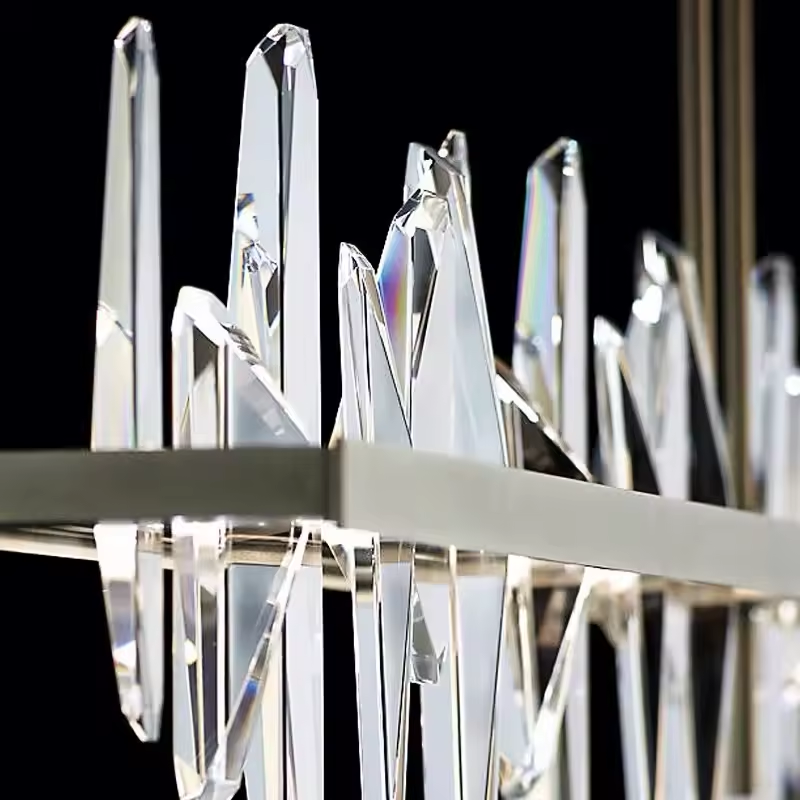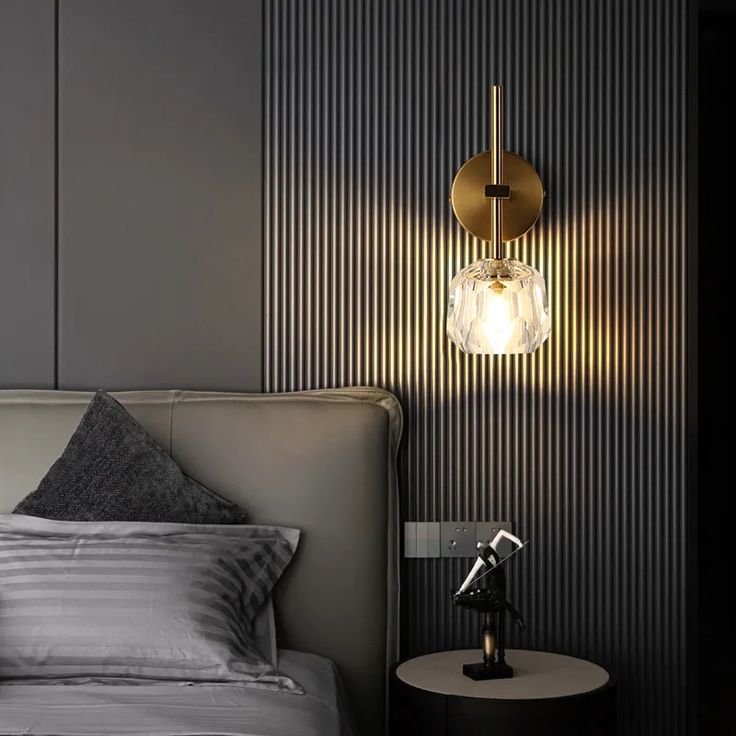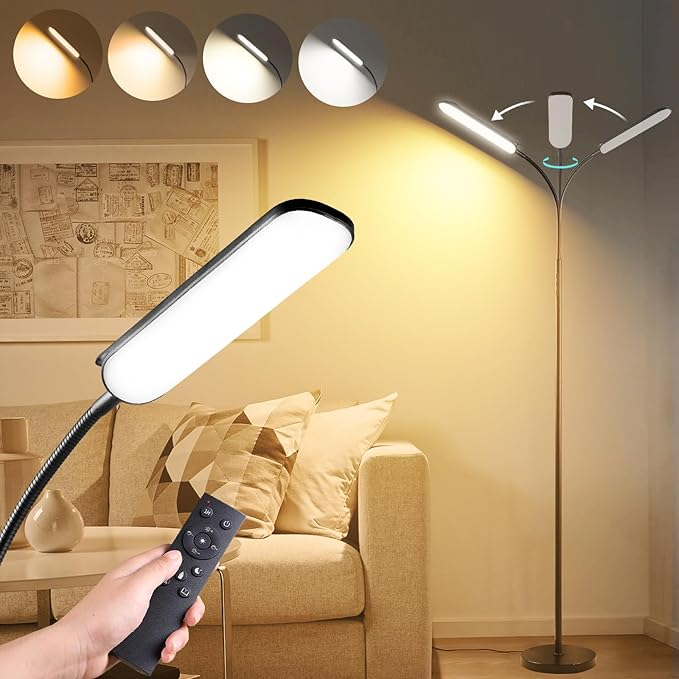When it comes to designing a functional and inviting kitchen, the choice of lighting plays a crucial role in both aesthetics and usability. LED kitchen light fixtures are fast becoming the go-to option for homeowners and designers alike. These fixtures not only illuminate the space effectively but also offer a range of benefits that improve energy efficiency and enhance the overall ambiance. In this article, we will explore the various advantages of LED lighting, the types of fixtures available, design tips, and considerations for installation.
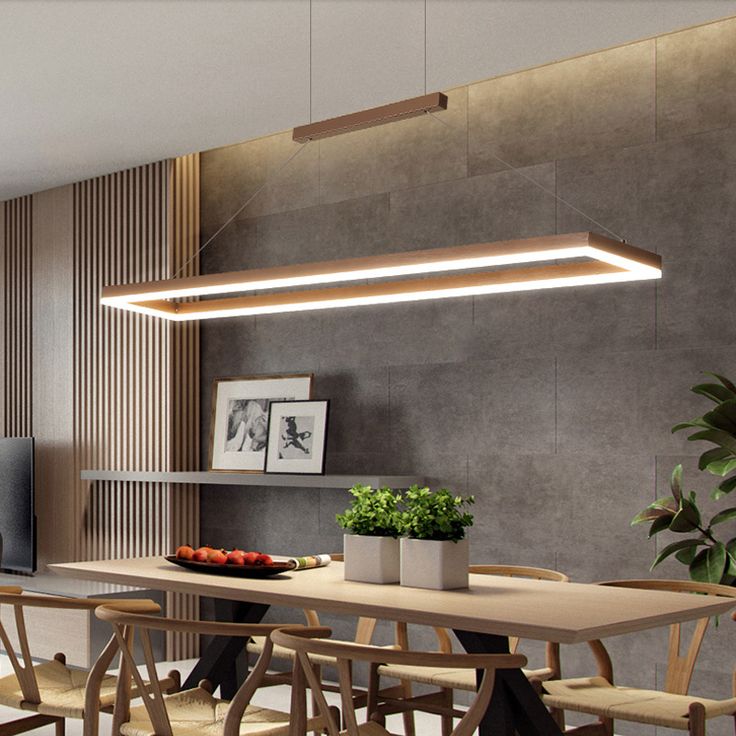
The Growing Popularity of LED Kitchen Light Fixtures
LED kitchen light fixtures have gained immense popularity due to their energy efficiency and longer lifespan compared to traditional lighting solutions. Unlike incandescent bulbs, which consume more electricity and generate considerable heat, LED lights convert most energy into light, making them cost-effective over time. Homeowners appreciate not only the savings on energy bills but also the reduced frequency of bulb replacements due to the longevity of LEDs.
Moreover, advances in LED technology have resulted in fixtures that come in various designs, colors, and brightness levels. This variety allows homeowners to customize their kitchen lighting according to personal style and functional needs. Whether you are looking for task lighting to aid in food preparation or ambient lighting to create a warm atmosphere, there is an LED solution available.
Understanding the Advantages of LED Kitchen Light
- Energy Efficiency: The most significant advantage of LED kitchen light fixtures is their energy efficiency. These fixtures typically use 75% less energy than incandescent bulbs, making them an environmentally friendly option. In an age where energy conservation is paramount, opting for LED lighting contributes to lower carbon footprints and reduced electricity consumption.
- Longevity: LEDs have a lifespan of approximately 25,000 to 50,000 hours, in contrast to traditional incandescent bulbs that last only about 1,000 hours. This longevity translates to less waste and fewer replacements, making LED lighting a smart investment in the long run.
- Improved Light Quality: The advancements in LED technology mean that these fixtures can produce high-quality light that closely resembles natural daylight. This feature is particularly beneficial in kitchens, where accurate color rendering is essential for cooking and food preparation.
- Versatile Design Options: LED kitchen light fixtures come in a wide array of designs, styles, and finishes. From sleek recessed lighting to stunning pendant lights, there is an LED option for every kitchen aesthetic. Homeowners can choose fixtures that blend seamlessly with their décor or make a bold statement.
- Dimmability: Many LED fixtures offer dimmable options, allowing users to adjust light levels based on the time of day or activity. This versatility is essential for creating varying moods in the kitchen, whether it’s bright lighting for cooking or softer light for evening gatherings.
- Instant Lighting: Unlike fluorescent lights, which may take time to warm up to full brightness, LED kitchen light fixtures turn on instantly at full brightness. This feature is particularly useful in busy kitchens, where immediate lighting is often necessary.
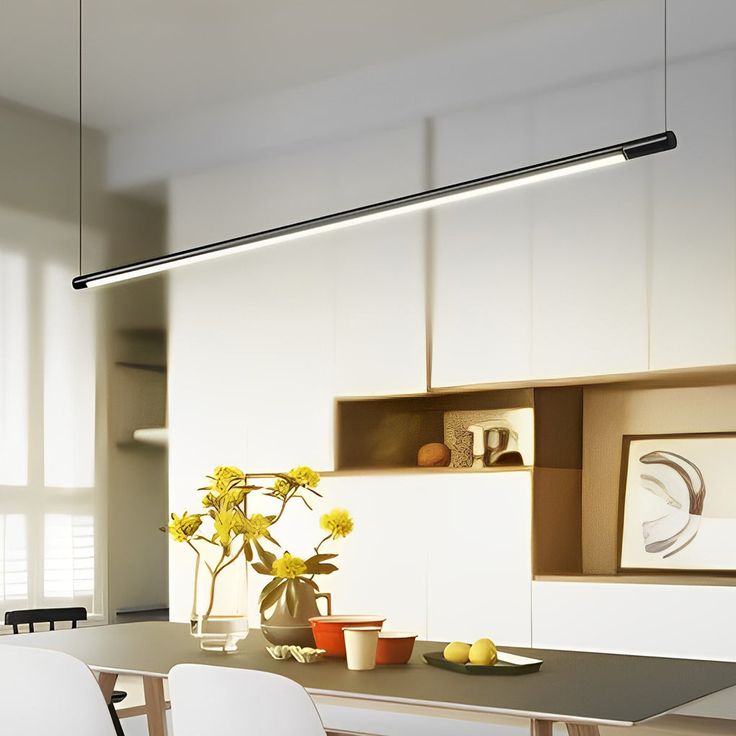
Types of LED Kitchen Fixtures
The market offers a plethora of LED kitchen light fixtures to suit different preferences and needs. Here are some popular types:
- Recessed Lighting: These fixtures are installed within the ceiling, providing a sleek, modern look. Recessed lighting is an excellent choice for general illumination, especially in kitchens with high ceilings. It’s also great for highlighting specific features, like artwork or cabinetry.
- Pendant Lights: Hanging pendant lights can serve as both task and ambient lighting. They are available in various styles, colors, and sizes, making them a versatile option for kitchen islands and dining areas. Using multiple pendant lights can create a stunning visual effect while ensuring adequate illumination.
- Under-Cabinet Lighting: This type of lighting is ideal for illuminating countertops and workspaces. LED kitchen light fixtures installed under cabinets provide focused light that enhances visibility while cooking or preparing meals. Moreover, they add an appealing aesthetic to the kitchen by creating a warm glow.
- Track Lighting: Track lighting allows homeowners to highlight different areas of the kitchen with adjustable fixtures. This flexibility makes it easy to illuminate specific work zones, ensuring optimal lighting for various tasks. Track lighting fixtures can be customized in terms of arrangement and bulb selection.
- Chandeliers: For a touch of elegance, consider installing an LED chandelier in your kitchen dining area. These fixtures come in various styles, from traditional to contemporary, and can serve as a focal point that enhances the overall design of the space.
Designing with LED Kitchen Fixtures
- Layered Lighting: A successful kitchen lighting design incorporates layered lighting, which means combining ambient, task, and accent lighting. LED kitchen light fixtures can be strategically placed to create a well-lit environment that meets all necessary needs. Use recessed lighting to provide general illumination, pendant lighting for task areas, and under-cabinet lighting for focused spots.
- Color Temperature: LED lights come in various color temperatures, typically ranging from warm white (3000K) to cool white (5000K). The choice of color temperature affects the kitchen’s overall mood. Warm white creates a cozy atmosphere, while cooler temperatures promote a more energetic space. Consider your kitchen’s layout and purpose when selecting the right color temperature.
- Fixture Placement: Thoughtful placement of LED kitchen light fixtures can significantly impact both aesthetics and functionality. For instance, pendant lights above an island should be evenly spaced to avoid dark spots. Similarly, under-cabinet lights should extend the length of counters for even illumination.
- Accent Lighting: Adding accent lighting can add depth and interest to the kitchen. Use LED strips to highlight architectural features, such as open shelving or a decorative backsplash. Accent lighting draws attention to specific areas and elevates the overall design.
- Dimmer Switches: Considering the versatility of LED lighting, including dimmer switches in your design can enhance the experience in your kitchen. Dimmable fixtures allow for adjusting the brightness according to different occasions, whether hosting dinner parties or enjoying a quiet meal at home.
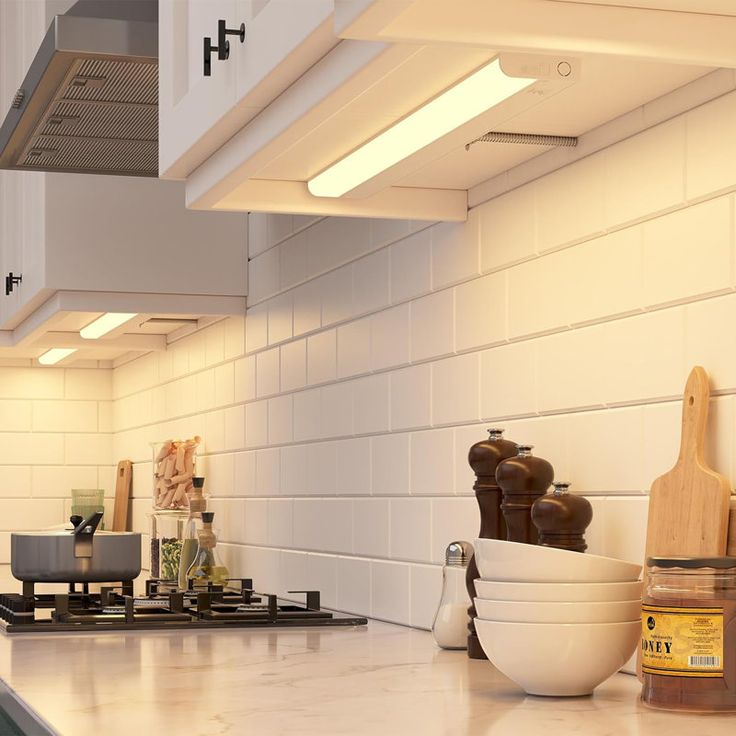
Installing LED Kitchen Fixtures: Key Considerations
When installing LED kitchen light fixtures, certain factors should be taken into account to ensure optimal performance and safety:
- Wattage and Lumens: Understanding the wattage and lumens produced by LED fixtures is essential for achieving the desired brightness. Generally, kitchens require around 70–100 lumens per square foot for adequate illumination. Choose fixtures that fit this criterion while maintaining energy efficiency.
- Fixture Compatibility: Not all LED fixtures are compatible with existing wiring and dimmer switches. Before making a purchase, verify that the fixtures are compatible with your current electrical setup. This step will save time and possible frustration during the installation process.
- Professional Installation: While some homeowners may feel comfortable installing lighting fixtures, seeking professional help ensures safety and adherence to local codes. An electrician can also provide valuable recommendations on fixture placement and energy-efficient solutions.
- Maintenance: One of the advantages of LED kitchen light fixtures is their low-maintenance requirements. However, periodic cleaning may be necessary to ensure optimal brightness. Regularly dusting fixtures and wiping down bulbs can enhance performance and longevity.
- Choosing the Right Styles: Consider the overall style of your kitchen when selecting fixtures. Whether your kitchen is modern, rustic, or traditional, there are LED kitchen light fixtures that complement each design aesthetic. This harmonious blend creates a cohesive look that enhances the overall ambiance.
Budgeting for LED Kitchen Light
Investing in LED kitchen light fixtures entails considering both initial costs and long-term savings. While LED fixtures may have a higher upfront cost compared to incandescent options, the energy savings and longevity significantly offset this investment over time. Here are a few budgeting tips:
- Compare Prices: Before making a selection, compare prices from various retailers. Shopping online can also provide insights into discounts or promotions to help maximize your budget.
- Factor in Installation Costs: If hiring a professional for installation, ensure to factor in their fees when budgeting for new fixtures. This cost might vary based on the complexity of the installation and the number of fixtures.
- Explore Incentives: Check with local energy providers for any rebates or incentives for upgrading to energy-efficient lighting. Many utility companies offer programs that encourage homeowners to make energy-efficient choices, which can effectively lower the overall cost.
- Prioritize Essential Areas: If your budget is tight, prioritize lighting for essential areas first, such as workspaces and cooking zones. Over time, consider gradually adding additional fixtures to enhance the overall lighting scheme.
- Emphasize Quality: Investing in higher-quality LED kitchen light fixtures may yield better results long-term. Choose reputable brands that offer warranties and reliable performance, ensuring you get the best value for your money.
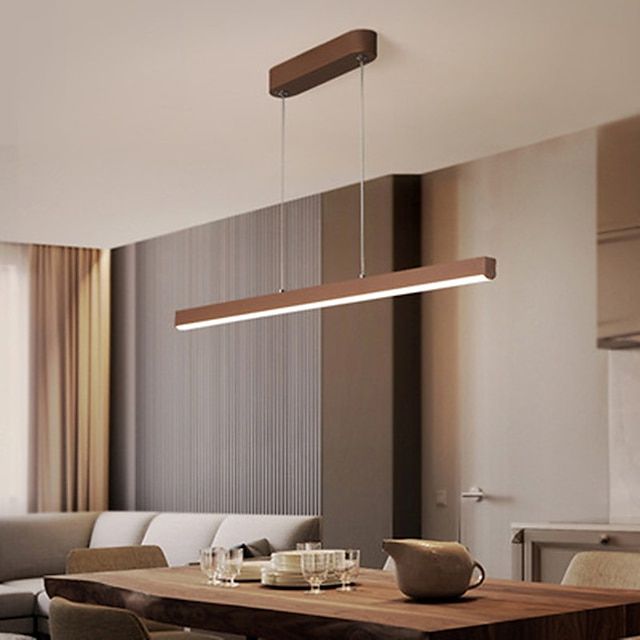
Future Trends in Kitchen Light Fixtures
The world of LED kitchen light fixtures is continually evolving. New advancements and trends are shaping the future of kitchen lighting:
- Smart Lighting: The emergence of smart home technology is significantly impacting kitchen lighting. Many LED kitchen light fixtures now include smart capabilities, allowing users to control brightness and color temperature via smartphone apps or voice assistants.
- Integration with Home Automation: Home automation systems are becoming increasingly popular, enabling seamless integration of kitchen lighting with other smart devices. Homeowners can create schedules, set timers, and automate lighting according to their routines.
- Sustainable Materials: Environmental consciousness is driving manufacturers to explore eco-friendly materials for light fixture production. Expect to see more LED kitchen light fixtures made from recycled or sustainable materials, appealing to environmentally-conscious consumers.
- Customization Options: As the industry continues to innovate, customizable lighting solutions are becoming available. Homeowners can select specific color temperatures, shapes, and fixture styles to suit their preferences.
- Human-Centric Lighting: The concept of human-centric lighting focuses on adapting illumination to mimic natural light throughout the day. This trend highlights the importance of lighting in regulating circadian rhythms. Expect more fixtures that change color temperature based on the time of day to emerge.
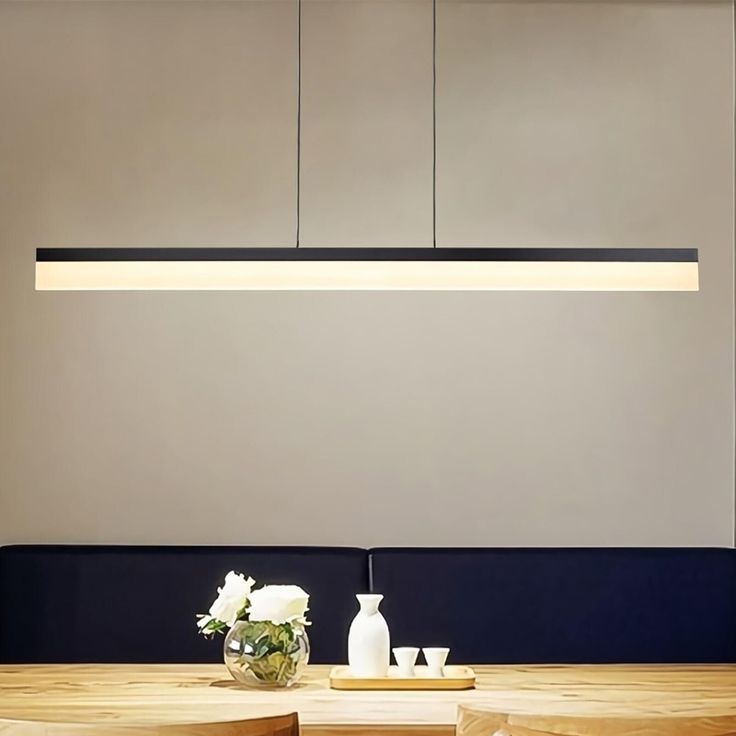
Conclusion: Embrace the Glow of LED Kitchen Light Fixtures
In summary, LED kitchen light fixtures represent a transformative approach to kitchen lighting, offering a mixture of energy efficiency, longevity, and aesthetic appeal. Understanding the various types of fixtures available and how to design with them can help you create an inviting and functional culinary space. By taking into account practical considerations during the selection and installation process, you can maximize the impact of your investment in kitchen lighting.
As technology continues to advance, expect to see even more innovative solutions in the world of LED lighting. Whether you are renovating your kitchen or simply looking to update your light fixtures, embracing LED technology will surely brighten your culinary adventures for years to come. Your kitchen deserves the brilliance and efficiency that only LED kitchen light fixtures can provide.
